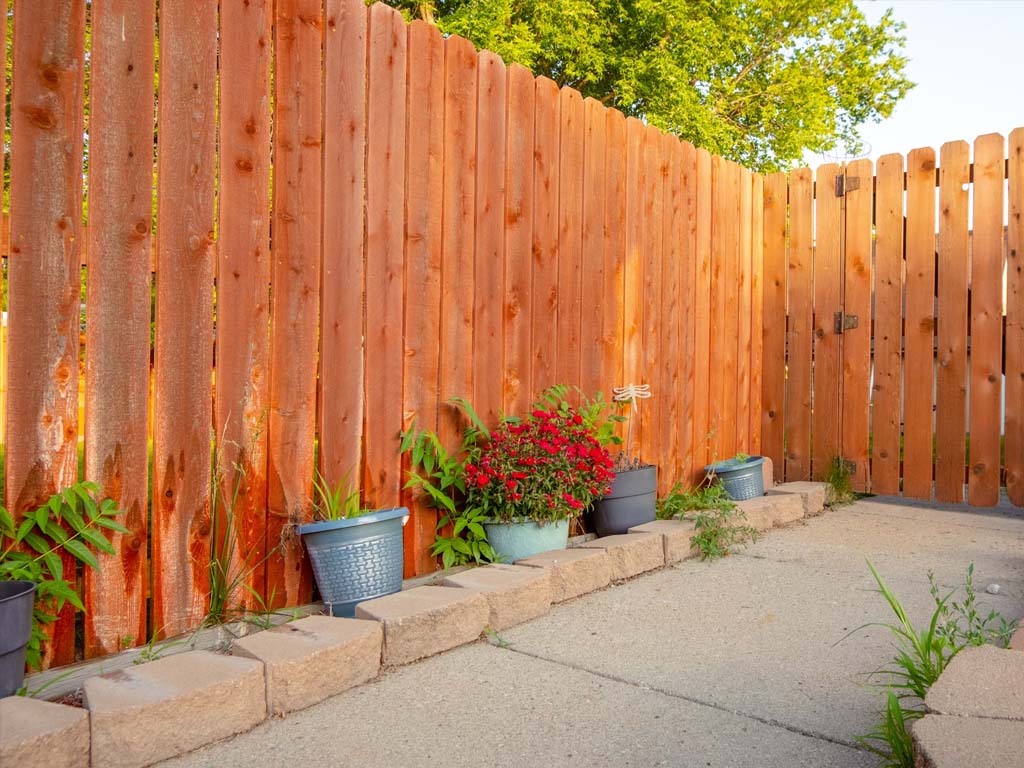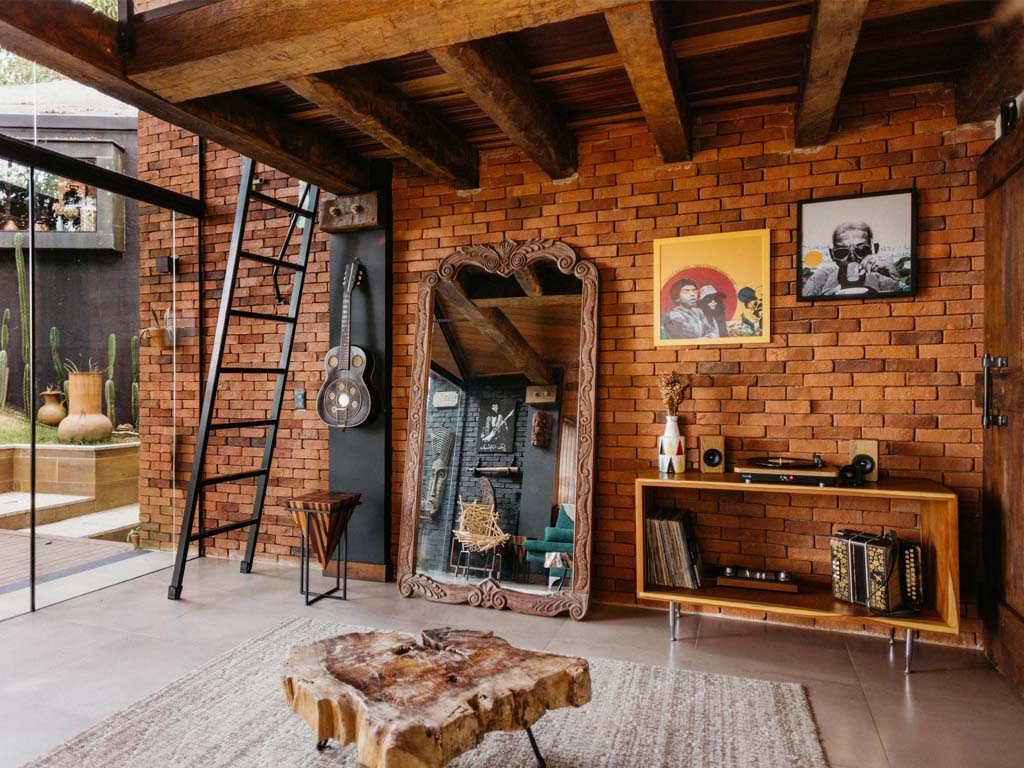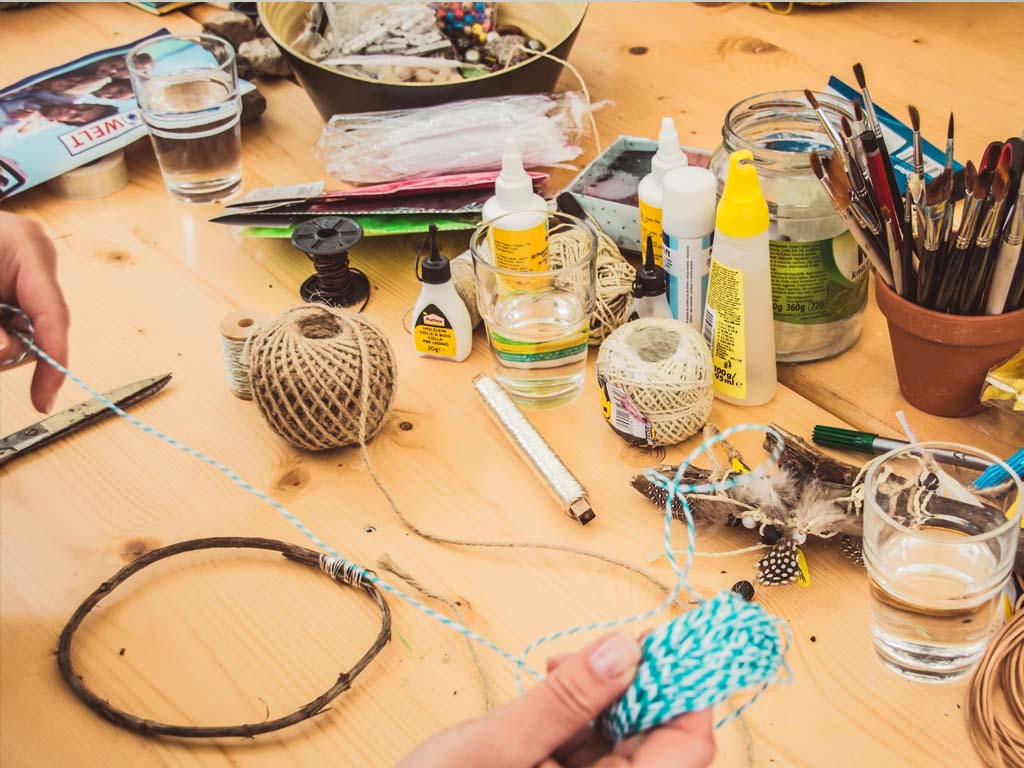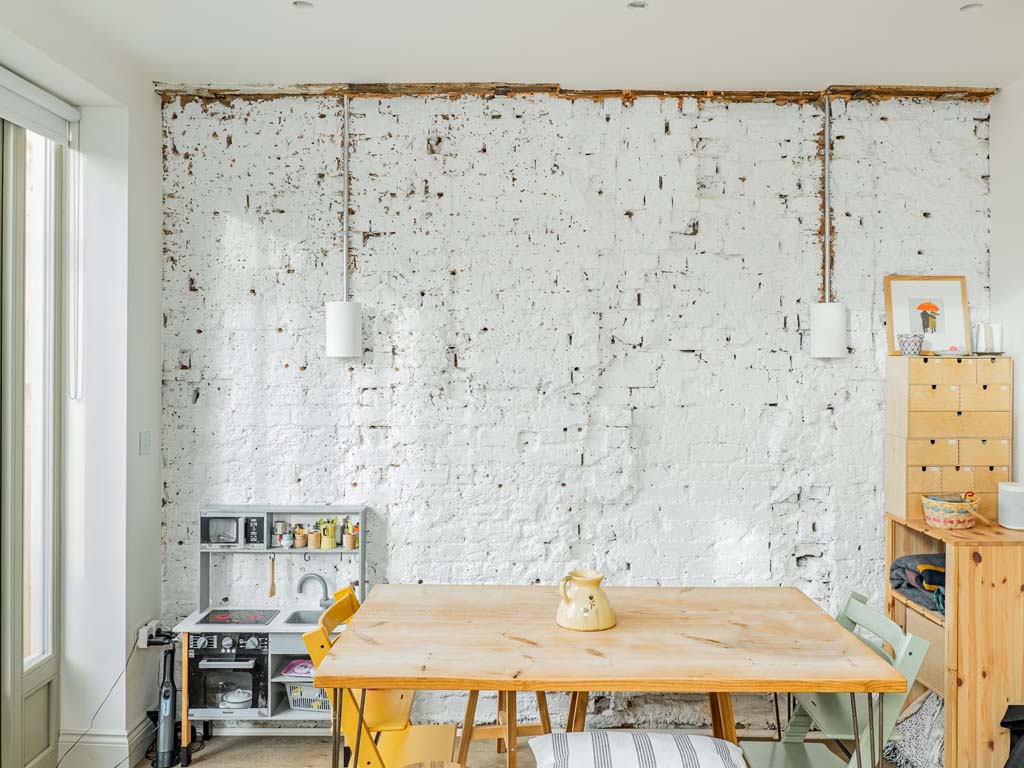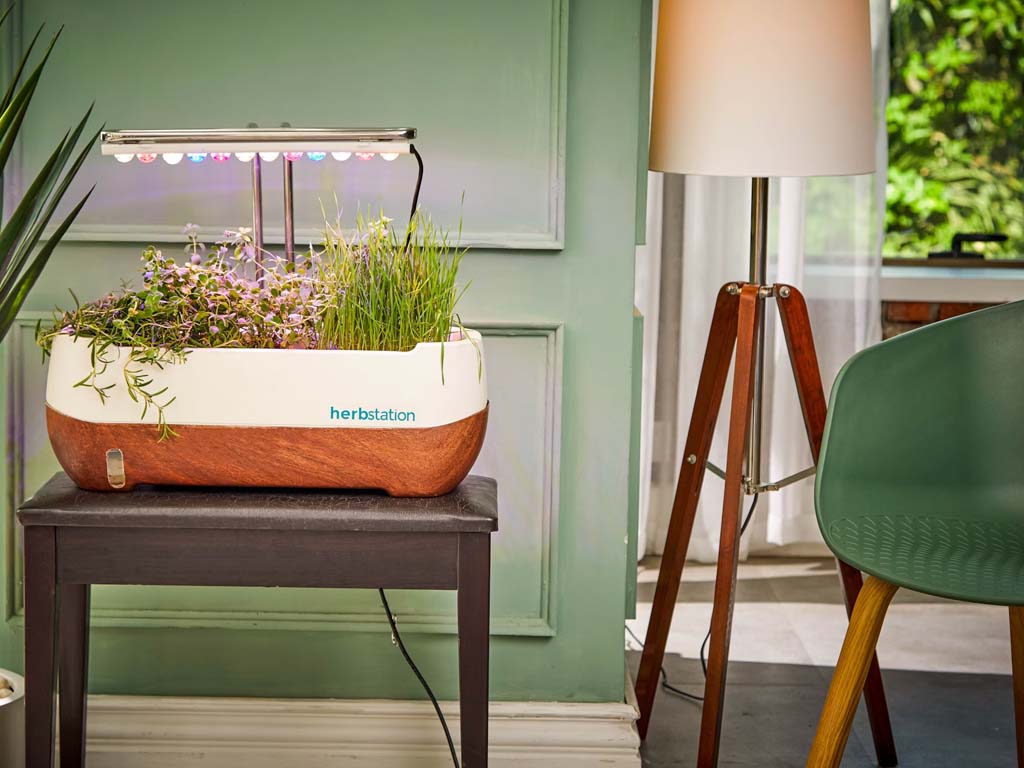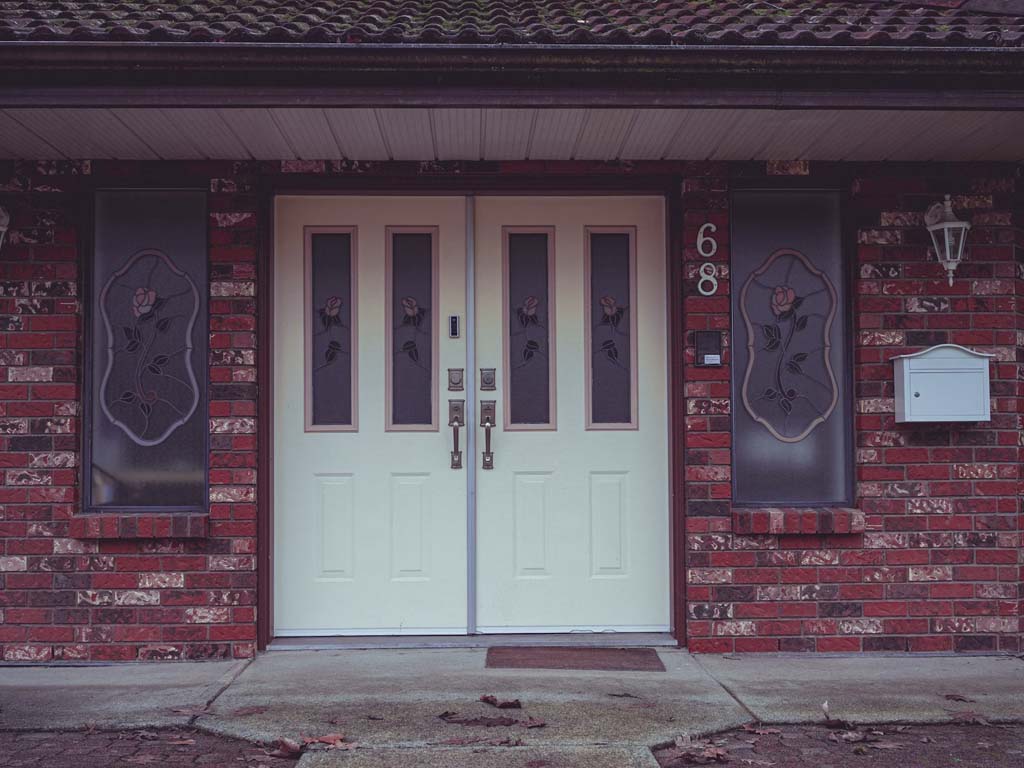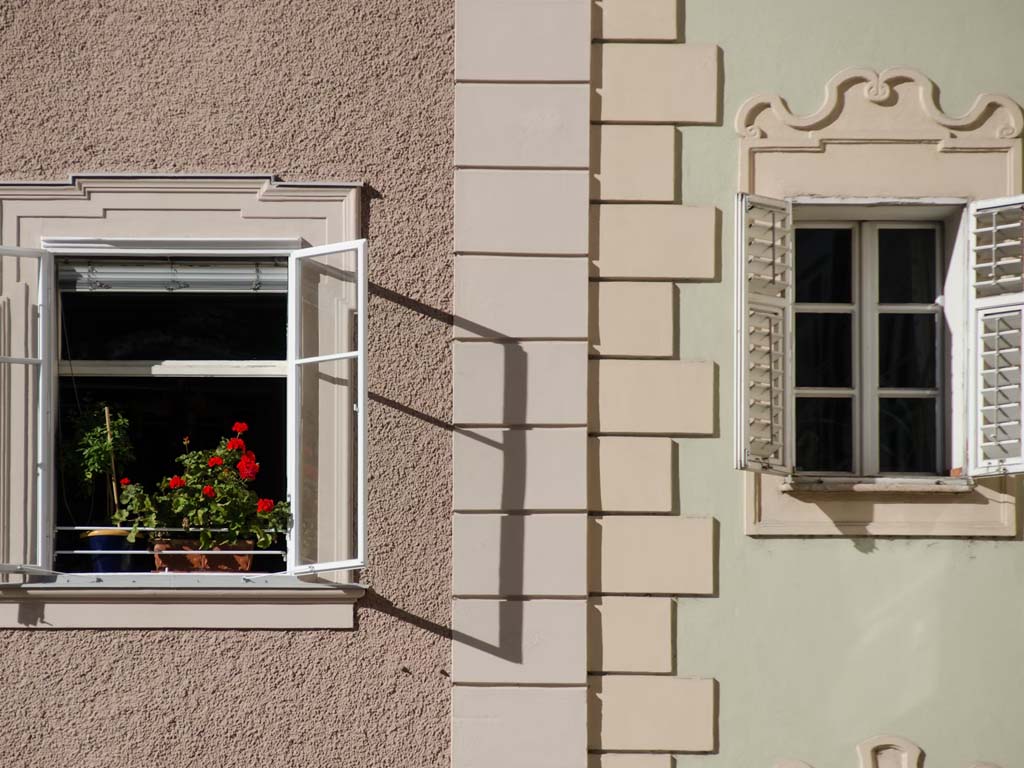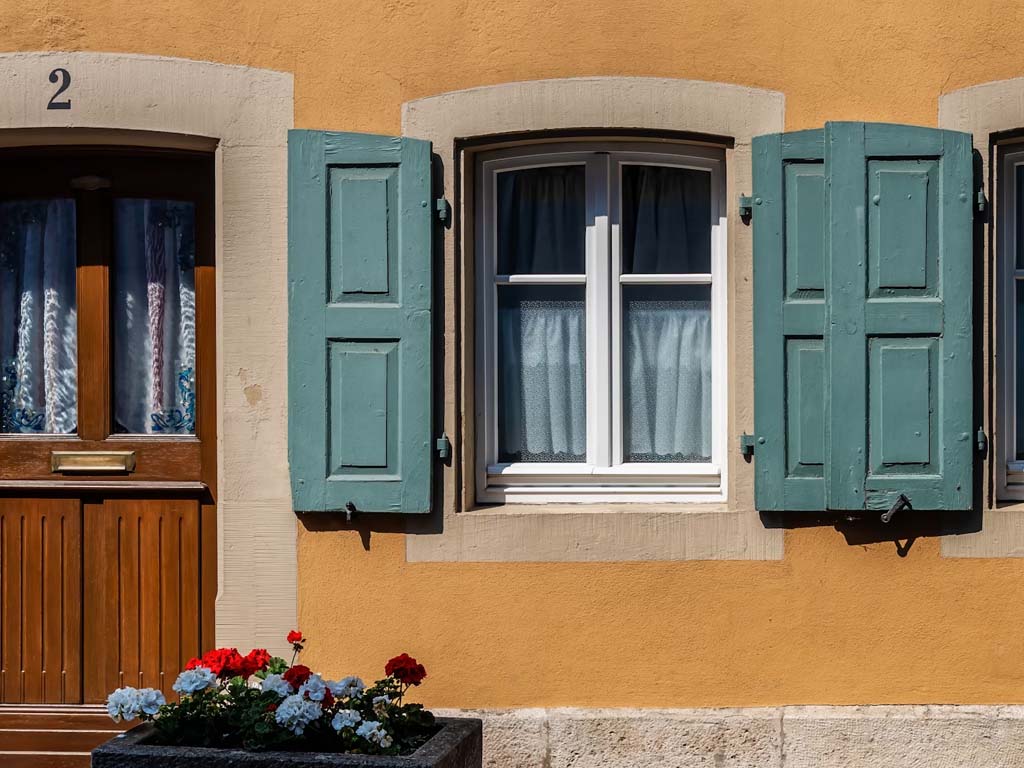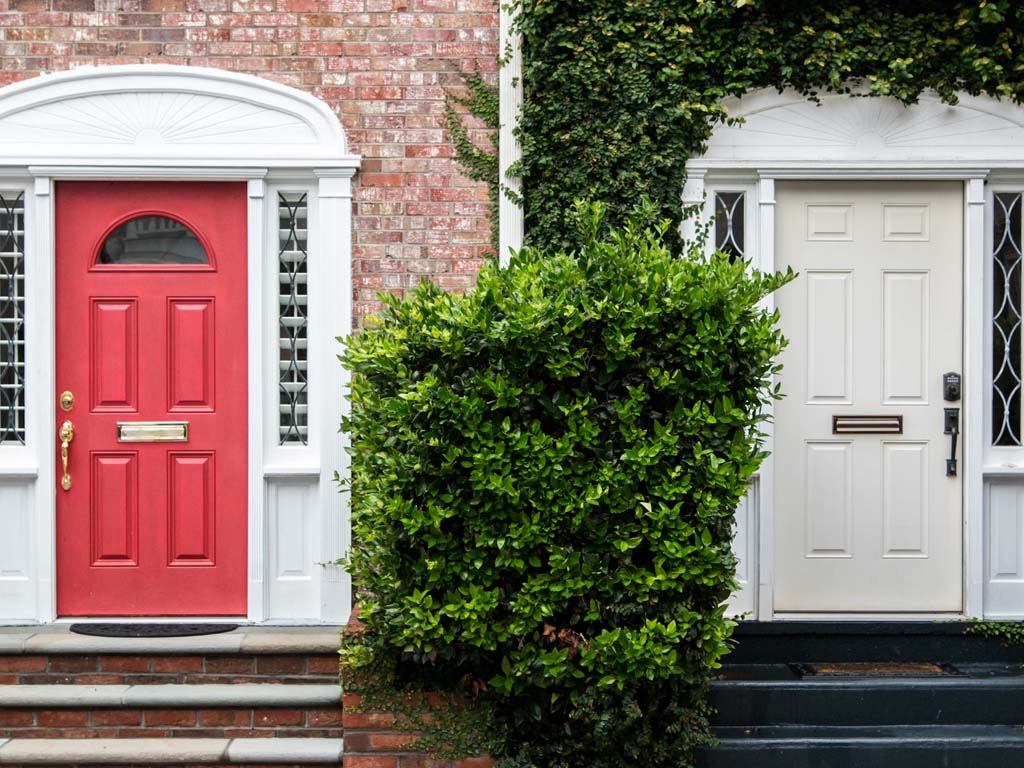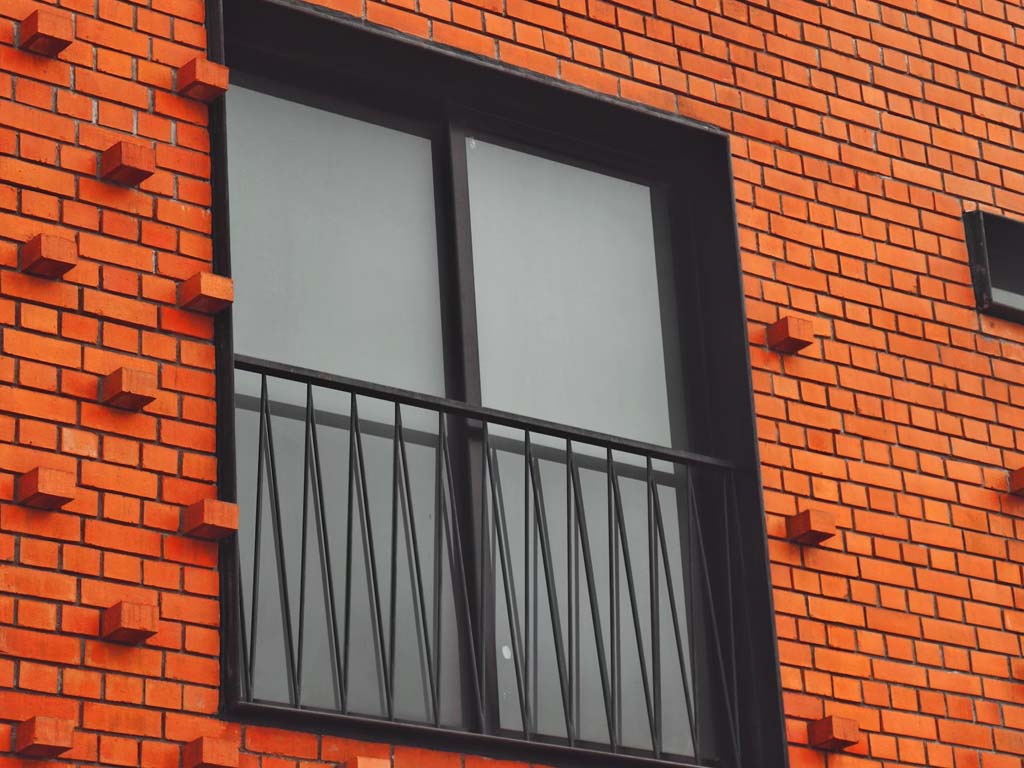Outdoor spaces are a sanctuary for relaxation, entertainment, and enjoying the beauty of nature. However, if you’re surrounded by neighbors, busy streets, or public spaces, privacy can become an issue. Fortunately, with the right landscaping techniques, you can create a peaceful, secluded environment where you can truly unwind and enjoy your garden or patio without feeling exposed.
In this blog post, we’ll explore creative and effective ways to add privacy to your outdoor space using landscaping. From natural plantings to clever design ideas, these strategies will help you create a tranquil retreat in your own backyard, regardless of your surroundings.
1. Use Tall Privacy Hedges and Bushes
One of the most effective and natural ways to create privacy in your outdoor space is by planting tall, dense hedges or bushes. These plants can act as a natural barrier, blocking the view from neighbors or passersby while also adding a touch of greenery and texture to your garden.
Best Plants for Privacy Hedges:
– Boxwood: A popular choice due to its dense foliage and versatility. Boxwood can be easily shaped into formal hedges.
– Arborvitae: Known for its rapid growth and ability to create dense green walls, making it an excellent privacy hedge.
– Leyland Cypress: Another fast-growing evergreen that provides a tall, thick screen, ideal for creating privacy in a short amount of time.
– Privet: A fast-growing shrub that is easy to maintain and provides excellent privacy when pruned regularly.
How to Use Them:
– Plant hedges along the perimeter of your yard to create a living fence that offers both privacy and aesthetic appeal.
– Choose evergreen plants that retain their foliage year-round to ensure continuous coverage.
– Mix different types of plants for a more natural, layered effect that mimics the look of a wild privacy barrier.
2. Install a Trellis or Privacy Screen
If you’re looking for a more architectural way to add privacy, trellises and privacy screens are an excellent choice. These structures can be made from wood, metal, or vinyl and are designed to provide a barrier without completely obstructing the view. When paired with climbing plants, they create a beautiful and functional privacy feature.
Types of Trellises and Screens:
– Wooden Trellis: A classic option that works well for a variety of outdoor spaces. Wood can be stained or painted to complement the aesthetic of your home.
– Metal Screens: For a more modern or industrial look, metal privacy screens can provide sleek, stylish coverage while adding a unique design element to your garden.
– Bamboo Screens: A lightweight, eco-friendly option that creates a tropical or Asian-inspired aesthetic. Bamboo is also a sustainable material that grows quickly.
How to Use Them:
– Install trellises along the edges of patios, decks, or seating areas to block the view from neighbors.
– Add climbing vines, such as ivy, wisteria, or jasmine, to trellises to create a lush, green wall of privacy.
– Consider adding a retractable or adjustable screen for flexible coverage, depending on the time of day or season.
3. Create a Living Fence with Trees
If you prefer a more substantial privacy solution, consider planting trees that will grow tall and provide coverage in the form of a natural fence. Trees are perfect for blocking views from multiple angles while adding shade, beauty, and a sense of permanence to your outdoor space.
Best Trees for Privacy:
– Leyland Cypress: This fast-growing evergreen tree can reach heights of up to 60 feet, making it an excellent choice for creating a tall, dense privacy screen.
– Eastern Red Cedar: A hardy, evergreen tree that provides year-round privacy with aromatic foliage.
– Colorado Blue Spruce: Known for its striking blue-green needles, this tree also grows tall and wide, providing solid coverage.
– Italian Cypress: For a more elegant, Mediterranean look, Italian cypress trees are tall, slender, and perfect for lining driveways or patios.
How to Use Them:
– Plant a row of trees along your property line to create a natural privacy fence.
– Use trees to block sightlines from second-story windows or from busy streets.
– Combine different tree varieties to create a layered privacy effect with varying heights and textures.
4. Add Vertical Gardens or Green Walls
If you have limited space but still want to add privacy, vertical gardens or green walls can be a stylish and practical solution. These growing installations allow you to utilize vertical space by planting climbing plants or installing planter boxes on walls, fences, or trellises. Green walls provide privacy while adding greenery and life to your outdoor area.
How to Create a Vertical Garden:
– Trellises or Planter Boxes: Install a series of trellises or planter boxes along the perimeter of your patio or garden. These can be filled with climbing plants like honeysuckle, clematis, or morning glories.
– Living Green Walls: Create a living green wall by installing a vertical garden system that allows plants to grow upwards. This can be done with a custom-built frame or with pre-made modules available for purchase.
Benefits:
– Vertical gardens can provide privacy without taking up a lot of horizontal space, making them ideal for smaller yards.
– They also improve air quality and add a sense of lushness to urban or suburban environments.
5. Use Outdoor Curtains for Flexible Privacy
If you’re looking for a flexible, easy-to-install option to add privacy, consider using outdoor curtains. These curtains can be hung from pergolas, patios, or balconies and can be drawn when needed to block views, providing both privacy and shade.
How to Use Outdoor Curtains:
– Hang curtains along the edges of your outdoor space to create a more private, enclosed environment.
– Choose weather-resistant fabrics, such as Sunbrella or outdoor polyester, that can withstand the elements and are easy to clean.
– Use tension rods, curtain tracks, or a curtain wire system to easily open and close the curtains, depending on your privacy needs.
Pro Tip: Consider using curtains with a light, airy fabric if you want to maintain some visibility while still blocking direct views. Heavier, thicker fabrics will provide more complete privacy.
6. Build a Natural Stone or Brick Wall
For a more permanent, traditional solution, consider constructing a natural stone or brick wall. These walls not only offer privacy but also serve as a beautiful design feature for your garden. Whether you choose to build it yourself or hire a professional, a stone or brick wall can add character and structure to your outdoor space.
Benefits of Stone or Brick Walls:
– These materials are durable and long-lasting, providing year-round privacy.
– They can be customized to fit the style of your home and garden, from rustic stone to sleek, modern brick designs.
– Stone walls can be combined with plantings or trellises to soften the look and create a more natural aesthetic.
How to Use Them:
– Build a privacy wall along the edge of your property line or around your patio or pool area.
– Add climbing plants or vines to soften the hard lines of the wall and create a more integrated, natural look.
– Use stone or brick as a backdrop for water features or seating areas to enhance the aesthetic appeal.
7. Incorporate Fencing with Lattice Topper
If you prefer a more classic approach to privacy, a solid fence with a lattice topper can add height and privacy while also providing visual interest. The lattice section at the top allows climbing plants to grow, enhancing the fence’s appearance and giving your space a more natural, organic feel.
How to Use Lattice Fencing:
– Install a solid fence (wood, vinyl, or metal) along your property line and top it with a lattice section to provide height and privacy.
– Allow climbing plants like ivy, clematis, or roses to grow through the lattice for added privacy and beauty.
– Use the lattice topper to create a decorative feature on your fence, adding a more refined, detailed look.
8. Add Decorative Outdoor Screens
For a more stylish and personalized approach, decorative outdoor screens are an excellent way to add privacy with flair. These screens come in various materials, designs, and sizes, making them perfect for creating private nooks or sections within your garden.
How to Use Decorative Screens:
– Place freestanding decorative screens in areas where you need additional privacy, such as around hot tubs or outdoor dining areas.
– Choose screens made from materials like wrought iron, laser-cut metal, or wooden panels for a modern or rustic look.
– Incorporate them with plants or seating arrangements to enhance the overall design of your outdoor space.
9. Create a Privacy-Laden Garden Room
Transform part of your garden into a private “room” by using a combination of plants, fences, and outdoor furniture. By carefully arranging plants and structures, you can design a secluded, intimate area where you can enjoy solitude or entertain guests without the distractions of the outside world.
How to Create a Garden Room:
– Use tall shrubs, hedges, or trees to enclose the space, providing a barrier from surrounding areas.
– Add comfortable outdoor furniture, such as a hammock, lounge chairs, or a dining set, to make the space functional.
– Use rugs, cushions, and lighting to make the garden room feel like an extension of your home.
10. Plant Privacy Trees or Shrubs in Containers
If you don’t have the space to plant large trees or bushes in the ground, consider using containers to grow privacy plants. This is a great solution for renters or those with small yards who want to add privacy without making permanent changes.
How to Use Container Plants for Privacy:
– Choose tall plants or shrubs, such as bamboo, boxwood, or evergreens, and plant them in large containers.
– Place these containers along patios, decks, or fences to create natural barriers.
– Rotate the containers or move them around to change the layout of your outdoor space.
Conclusion
Adding privacy to your outdoor space is essential for creating a relaxing and peaceful environment. With a variety of landscaping techniques, from tall hedges and trees to creative structures like trellises and screens, you can design a space that’s both private and beautiful. Whether you’re looking for a natural barrier, a decorative element, or a more permanent solution, these ideas will help you create the private outdoor oasis you’ve always dreamed of.
